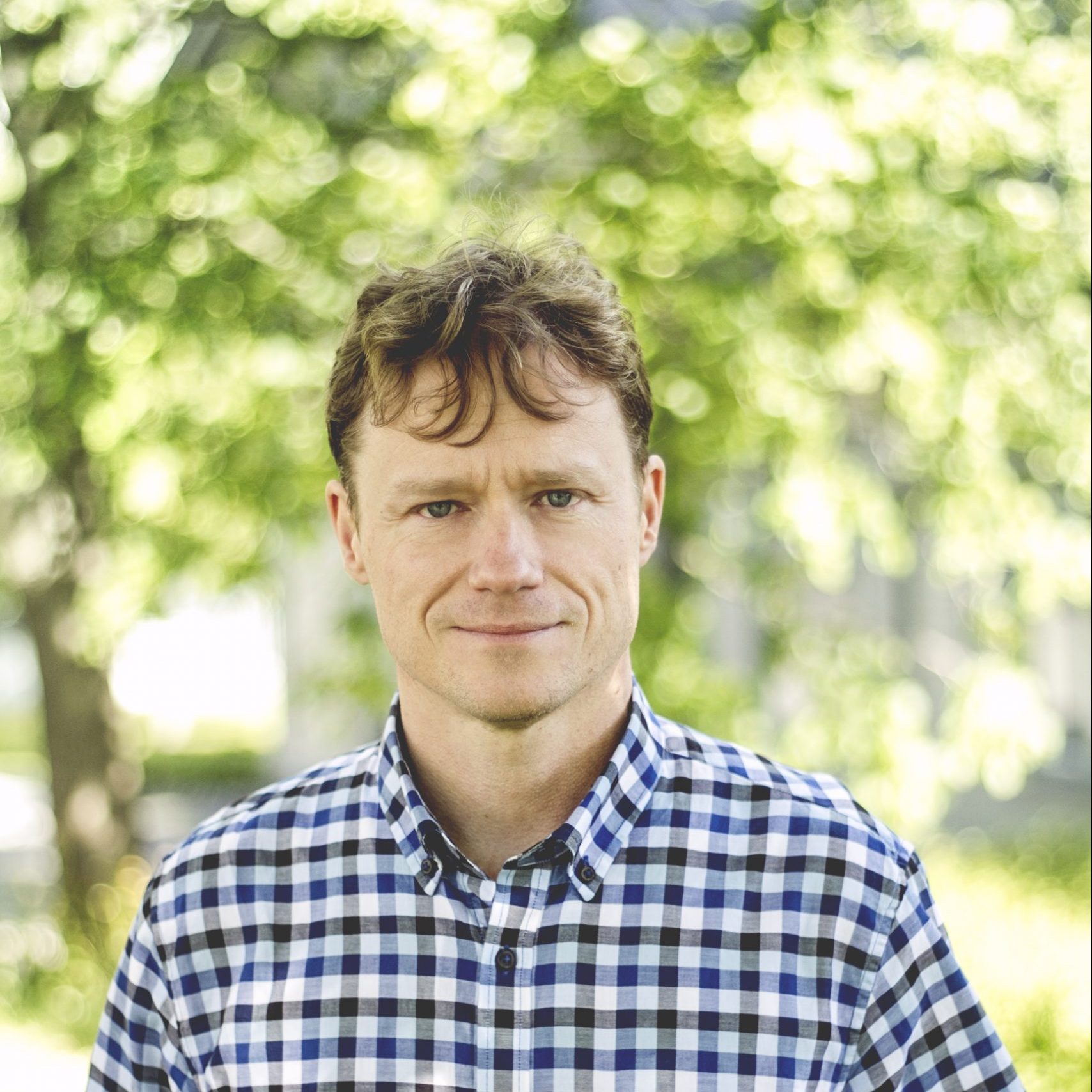About the project
Objective
The main goal of the extension HiSSx is to plan for long-term scientific and societal impact by establishing a new transdisciplinary research centre on a human-centric smart built environment. Three specific tasks have been identified to reach this goal:
- Societal and industrial stakeholders engagement, based on active dissemination of the project HiSS and the identification of the most relevant stakeholders to create a reference group to maximize the exploitation of the results and the impact of the planned research centre;
- Research program development, aiming at the definition of innovative research areas and a strategic research plan;
- Consortium creation and centre implementation, shaping a consortium for a centre on human-centric cyber-physical systems for a smart built environment.
Background
The building sector accounts for over one-third of global energy consumption and emissions; therefore, transforming the built environment is urgent to achieve the societal climate and sustainability goals by 2030. Traditional solutions for smart and sustainable buildings and cities have focused and prioritized the technological perspective, overlooking the human dimension and leading to sub-optimization. The project HiSS tackled this complex, unresolved, and cross-disciplinary challenge addressing human decision-making and behaviour in complex environments like smart buildings. Using a multi-layered system perspective approach, the project HiSS aimed to integrate knowledge, tools, and methodologies from cognitive and behavioural sciences, control, building, and energy technology.
Among multiple success factors, HiSS developed a novel model for choice probability; the project also delved into and made notable contributions to human behavioural modelling, learning and modelling social networks and addressing key limitations in behavioural modelling and control in buildings. These advancements in the study of human behaviour further inspired us to investigate cognitive brain processes and simulate human decision-making in neuroeconomic game scenarios using computational brain models. Joint interest in brain function also sparked a collaborative effort towards a deeper theoretical understanding of how the brain processes input information at the level of neural circuits.
These modelling advancements, together with an innovative data-driven control architecture and the development of a digital twin for smart building testbeds, provided the proof-of-concept of the feasibility of scalable human-centric controls in buildings. These concepts have proven and demonstrated the technical feasibility of the exploitation of human-centric networks and controls in the KTH Live-In Lab, a platform of smart building testbeds and have been integrated into the analysis of policy expectations of households’ role in the smart grid, resulting in identified gaps, where social issues are not accounted for.
Cross-disciplinary collaboration
The cross-disciplinary research team is formed by seven PIs representing three KTH Schools: Electrical Engineering and Computer Science (EECS), Architecture and the Build Environment (ABE), and Industrial Engineering and Management (ITM). The project team will also involve key industrial and societal stakeholders and our external academic collaborators from Technion, Imperial College London and Uppsala University.








